Description
This 10th edition of Biostatistics: A Foundation for Analysis in the Health Sciences, 10th Edition should appeal to the same audience for which the first nine editions were written: advanced undergraduate students, beginning graduate students, and health professionals in need of a reference book on statistical methodology. Like its predecessors, this edition requires few mathematical prerequisites.
Only reasonable proficiency in algebra is required for an understanding of the concepts and methods underlying the calculations. The emphasis continues to be on an intuitive understanding of principles rather than an understanding based on mathematical sophistication. For most of the statistical techniques covered in this edition, we discuss the capabilities of one or more software packages (MINITAB, SAS, SPSS, and NCSS) that may be used to perform the calculations needed for their application. Resulting screen displays are also shown.
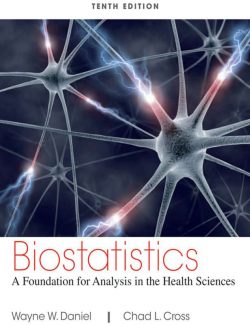
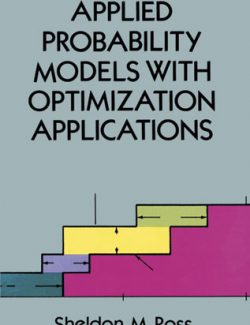
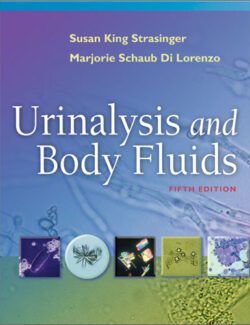

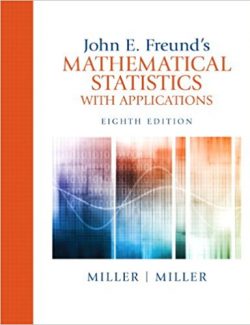
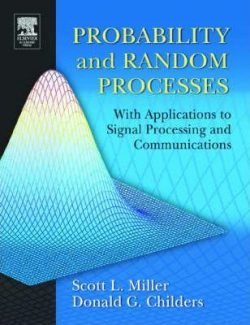
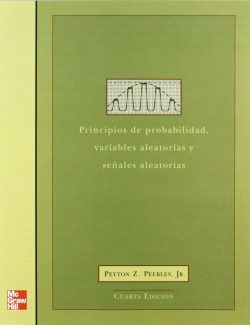

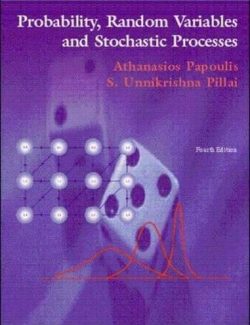
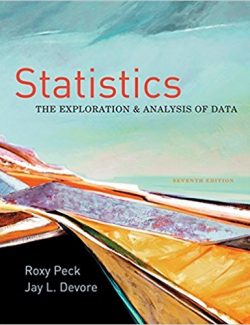

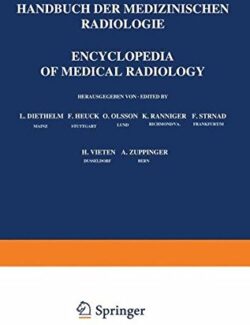

Leave us a comment
No Comments